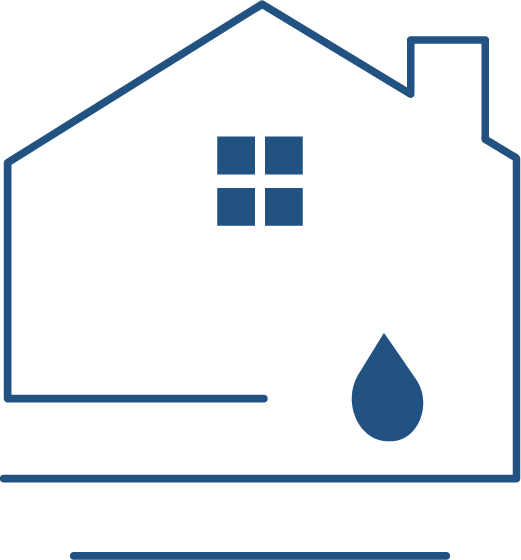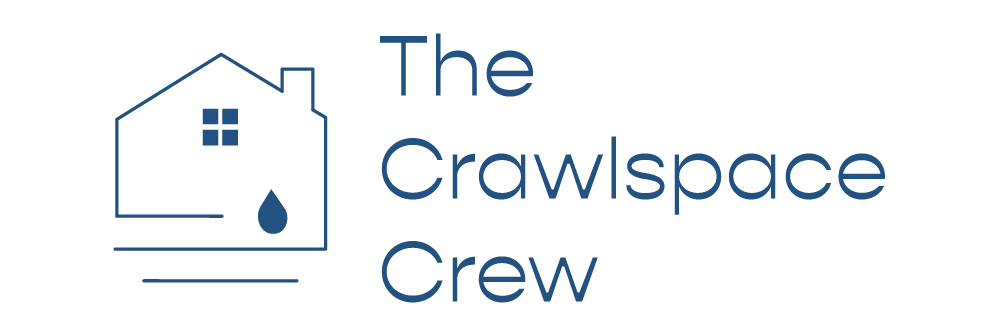When most people think about going green, they picture solar panels or reusable grocery bags—not the dark, dusty space beneath their home. But your crawlspace plays a crucial role in your home’s energy efficiency, air quality, and overall environmental impact. The good news? You can make your crawlspace more eco-friendly with a few simple, strategic upgrades.
Whether you're in the Pacific Northwest or anywhere with moisture-heavy seasons, these tips will help you reduce waste, improve insulation, and create a cleaner, healthier home from the ground up.
Why an Eco-Friendly Crawlspace Matters
Your crawlspace isn’t just a hidden storage zone—it’s a major factor in how your home breathes, insulates, and protects against pests and pollutants. An unsealed or neglected crawlspace can:
-
Waste energy through poor insulation
-
Trap moisture, leading to mold and mildew
-
Become a breeding ground for pests
-
Lower indoor air quality
Since up to 40% of the air you breathe indoors comes from below, improving your crawlspace means improving your entire home’s environment.
1. Remove Old Materials & Clean Thoroughly
Start by clearing out any debris, moldy insulation, rodent droppings, or rotting wood. Not only are these unhealthy, but they can prevent eco-upgrades from working effectively.
Tip: Hire a crawlspace cleaning professional to ensure biohazards are safely removed.
2. Install Eco-Friendly Vapor Barriers
A 6-mil (or thicker) vapor barrier helps prevent moisture buildup—a major cause of mold and structural damage. Choose low-VOC or recycled plastic options when available for a greener touch.
3. Upgrade to Sustainable Insulation
If your crawlspace has old fiberglass batts falling down or soaked in moisture, it’s time for an upgrade. Consider eco-friendly insulation options such as:
-
Denim (cotton) insulation
-
Cellulose insulation
-
Mineral wool
-
Foam board with low global warming potential (GWP)
These materials are better for the environment and often outperform traditional fiberglass.
4. Seal and Insulate Air Leaks
Use low-VOC caulking or spray foam to seal around vents, pipes, and crawlspace access points. This helps prevent:
-
Drafts and heat loss
-
Pest entry
-
Humid air from seeping inside
In the Pacific Northwest, where moisture and temperature swings are common, sealing your crawlspace is especially important.
5. Consider a Crawlspace Encapsulation System
Encapsulation involves fully sealing the crawlspace with a heavy-duty liner, adding insulation, and sometimes installing a dehumidifier. It’s one of the most energy-efficient, eco-friendly upgrades you can make.
Bonus: This can increase home value and reduce long-term repair costs.
6. Improve Drainage and Ventilation
Good drainage and ventilation protect your crawlspace from excess water and stale air. Options include:
-
Installing a French drain or sump pump
-
Ensuring downspouts lead water away from the foundation
-
Adding vents or fans for air circulation (or sealing vents in encapsulated systems)
Eco-Friendly Crawlspace = Healthier Home
Going green isn’t just about saving the planet—it’s about creating a safer, healthier living space for you and your family. An eco-friendly crawlspace:
-
Lowers your energy bills
-
Improves indoor air quality
-
Reduces allergens, pests, and moisture issues
-
Extends the life of your home
Need Help? Let Us Handle It
At The Crawlspace Crew, we specialize in eco-conscious crawlspace upgrades for homes in the Pacific Northwest. From vapor barriers to insulation removal, we do it all with your health—and the environment—in mind.
Serving homes in Portland, Vancouver, and surrounding areas.
Schedule Your Free Inspection Today
Get in touch by filling out our contact form or click here to schedule a call directly.



